The purpose of this project was to transform Bionic Bird’s flight controls from driver-controlled to autonomous. Although not all goals were achieved, there were significant findings related to data gathering and electrical configurations. It was found that acceleration data is the most promising in terms of controlling basic wing and tail movement of a robotic bird. A basic algorithm has been designed to utilize two out of the three IMU axes for wing and tail control.
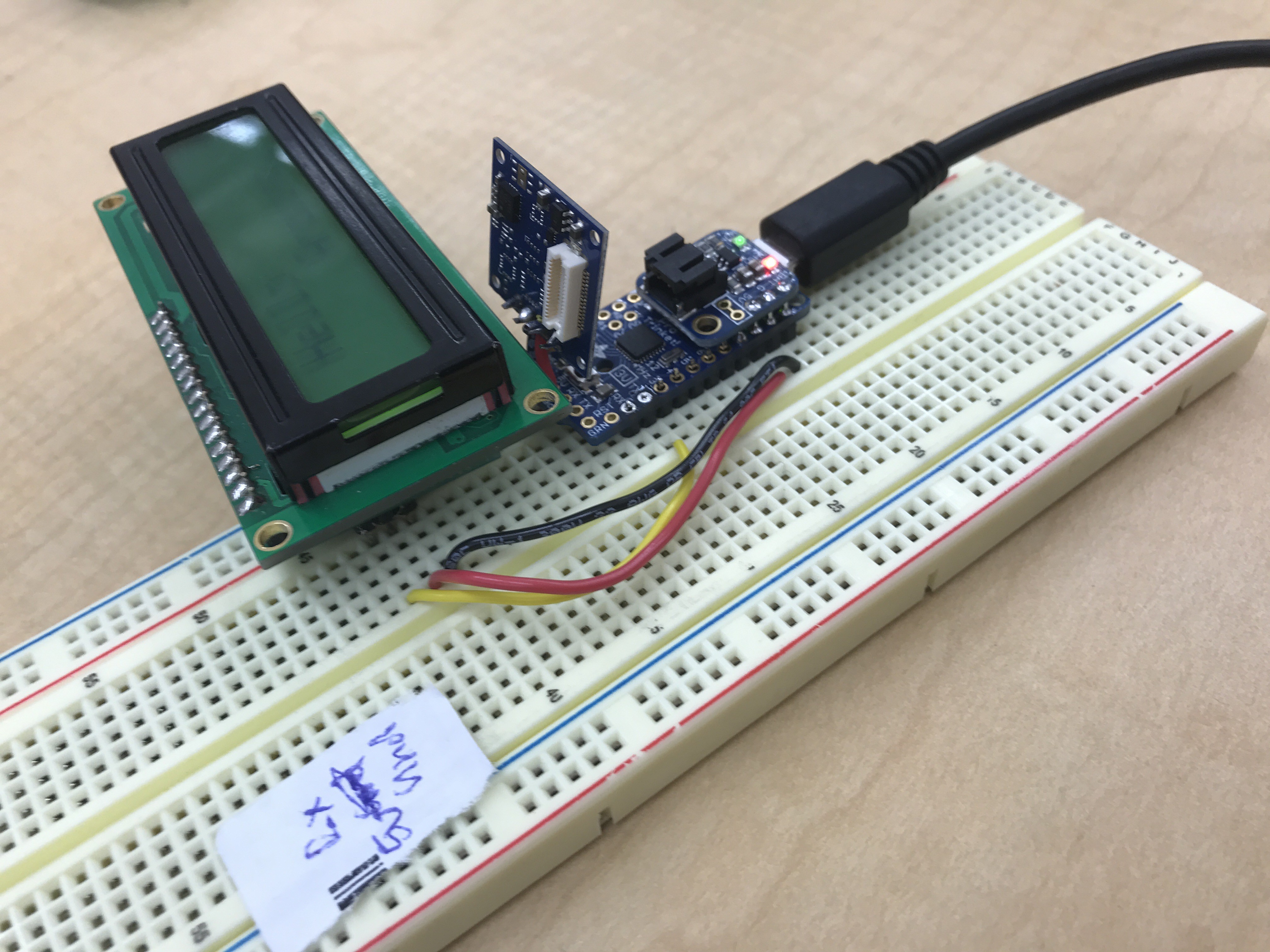
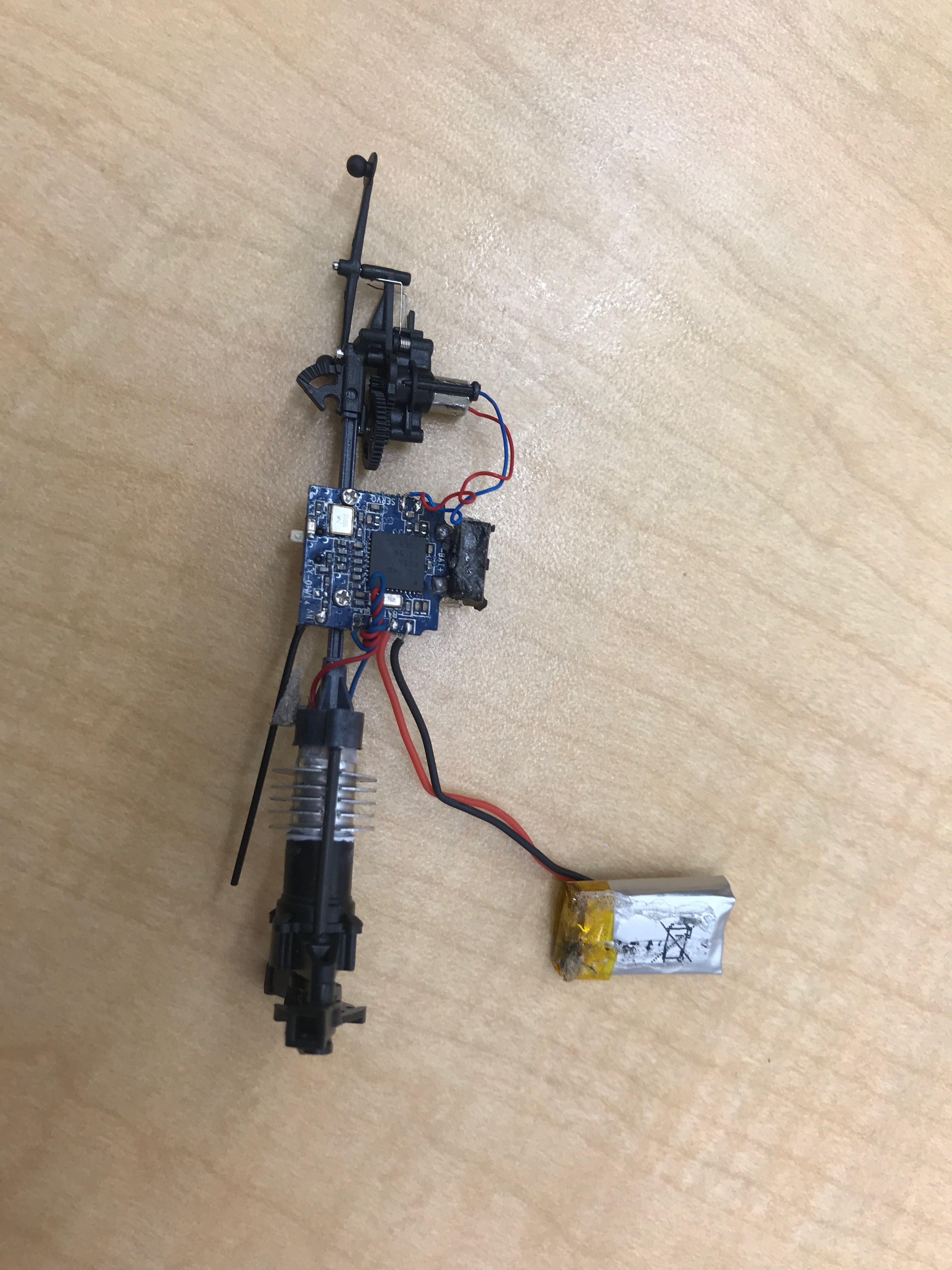


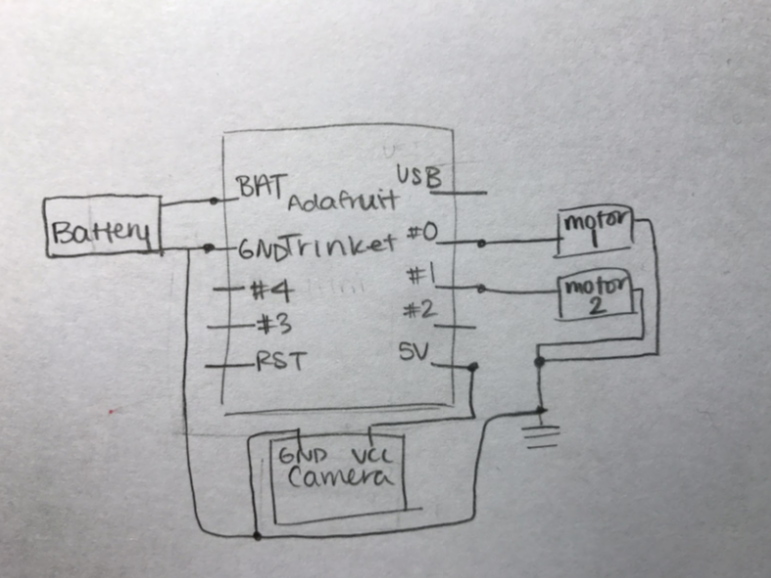

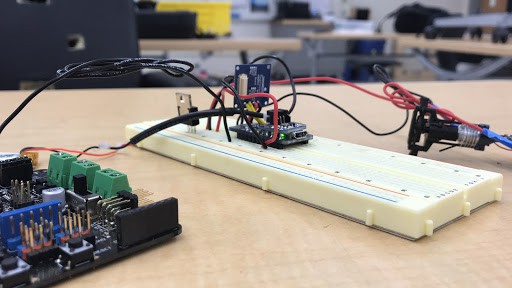
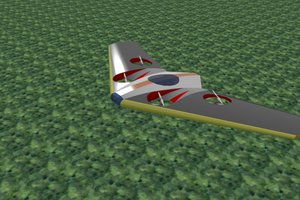
 ken.do
ken.do
 Maximiliano Palay
Maximiliano Palay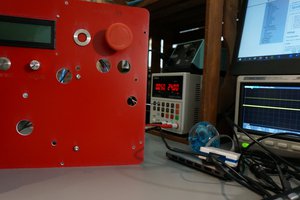

 Alvaro Villoslada
Alvaro Villoslada